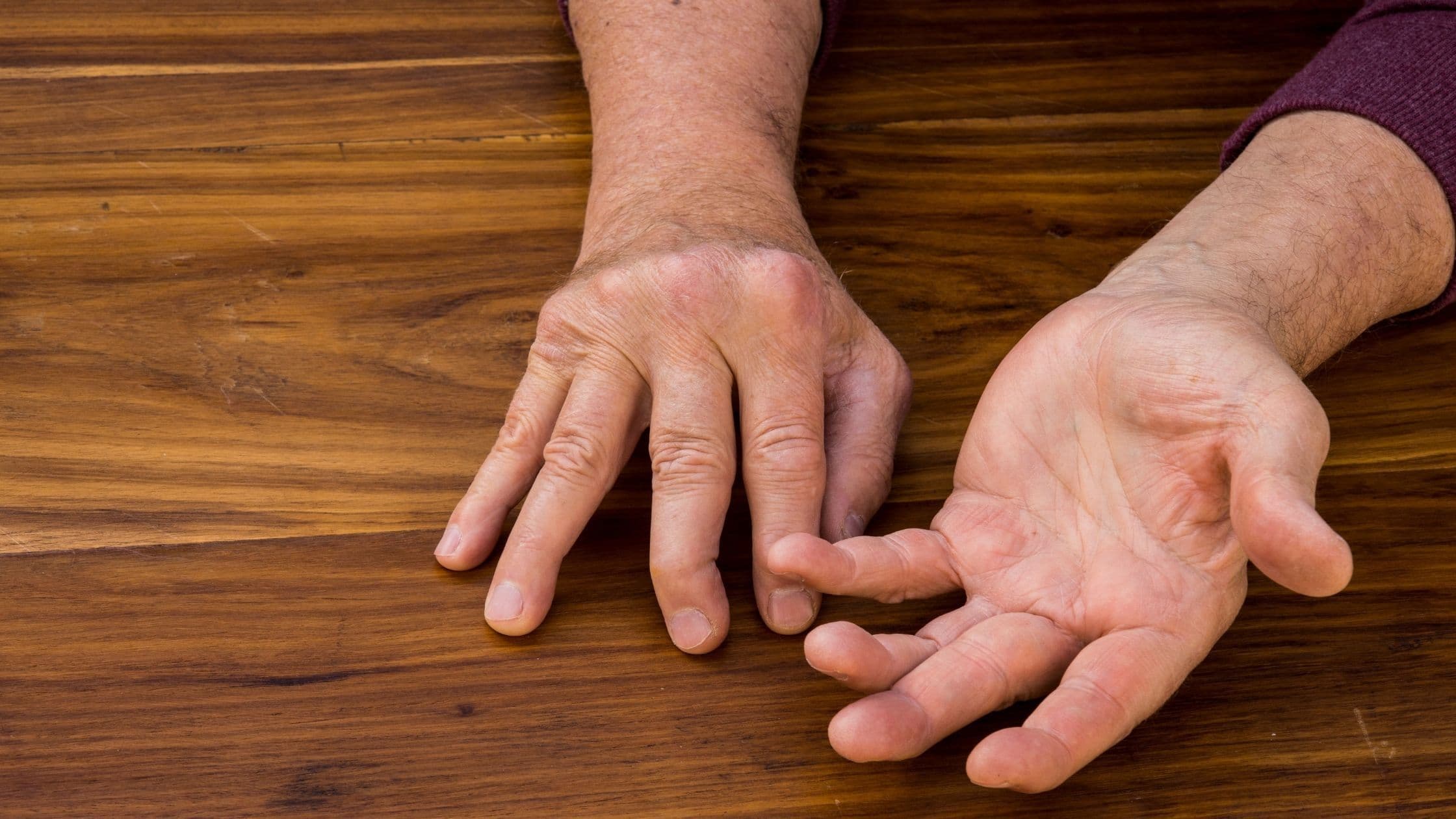Unveiling the Extensive Symptoms of Psoriatic Arthritis
Psoriatic arthritis (PsA) isn't just a skin condition; it's an autoimmune disease that can manifest in a multitude of ways. While many people with PsA also have psoriasis, the skin condition, PsA can occur on its own or even precede the development of psoriasis. Here, we delve into the extensive symptoms of PsA, empowering you to recognize the signs and seek proper diagnosis.

Joint Pain and Stiffness:
- The Hallmark Symptom: Joint pain and stiffness are the most common and characteristic symptoms of PsA. The pain can range from mild and achy to severe and debilitating.
- Location, Location, Location: PsA can affect any joint in the body, but commonly targets the small joints in the hands and feet, as well as the larger joints like knees, ankles, hips, and spine.
- Morning Malaise: Stiffness that is worse in the morning and improves with activity throughout the day is a telltale sign of PsA.
Swollen Joints:
- Sausage Fingers and Toes: PsA can cause inflammation in the fingers and toes, making them appear swollen and sausage-like. This is known as dactylitis.
- Tenderness and Redness: Affected joints might be tender to the touch and appear red or inflamed.
Nail Changes:
- Pitting and Crumbling: PsA can cause pitting, discoloration, and crumbling of the fingernails and toenails.
- Separation from Nail Bed: In some cases, the nail might separate from the nail bed (onycholysis).
Foot Pain and Problems:
- Inflammation and Pain: PsA can cause inflammation in the tendons and ligaments around the foot, leading to pain in the heel, arch, or sole of the foot.
- Plantar Fasciitis: PsA can worsen plantar fasciitis, a condition causing pain in the arch of the foot.
Fatigue:
- Drained and Exhausted: Many people with PsA experience persistent fatigue, making it difficult to carry out daily activities.
- Impact on Quality of Life: Fatigue can significantly impact your energy levels and overall well-being.
Low Back Pain:
- Sacroiliitis: Inflammation of the sacroiliac joints in the lower back is a common symptom of PsA, causing pain and stiffness in the buttocks and lower back.
- Spondylitis: In some cases, PsA can affect the spine itself, leading to a condition called psoriatic spondylitis, which can cause pain, stiffness, and difficulty with movement in the spine and neck.
Eye Involvement:
- Uveitis: Inflammation in the uvea, the middle layer of the eye, can occur in some people with PsA. Symptoms of uveitis include redness, pain, light sensitivity, and blurred vision.
- Importance of Early Diagnosis: Early detection and treatment of uveitis is crucial to prevent vision loss.
Other Potential Symptoms:
- Fever: While not a defining symptom, some people with PsA might experience low-grade fever, particularly during flares.
- Reduced Range of Motion: Joint pain and inflammation can limit your ability to move your joints through their full range of motion.
- Weight Loss: In severe cases, PsA can lead to unintentional weight loss due to fatigue and difficulty eating.
It's Important to Note: The symptoms of PsA can vary greatly from person to person. Some people might experience only mild symptoms, while others might have a more severe and debilitating form of the disease. If you experience any of these symptoms, particularly if you also have psoriasis, it's crucial to consult a healthcare professional for proper diagnosis and treatment.